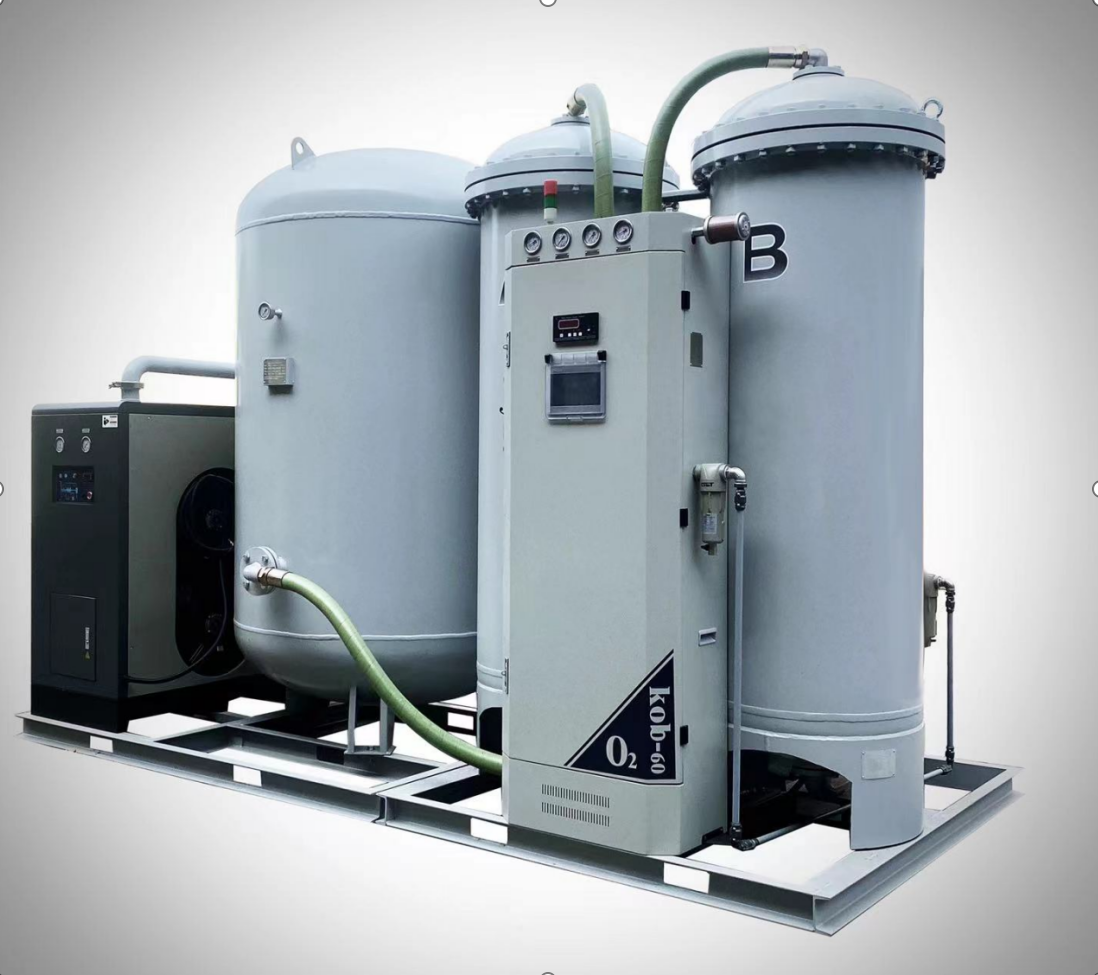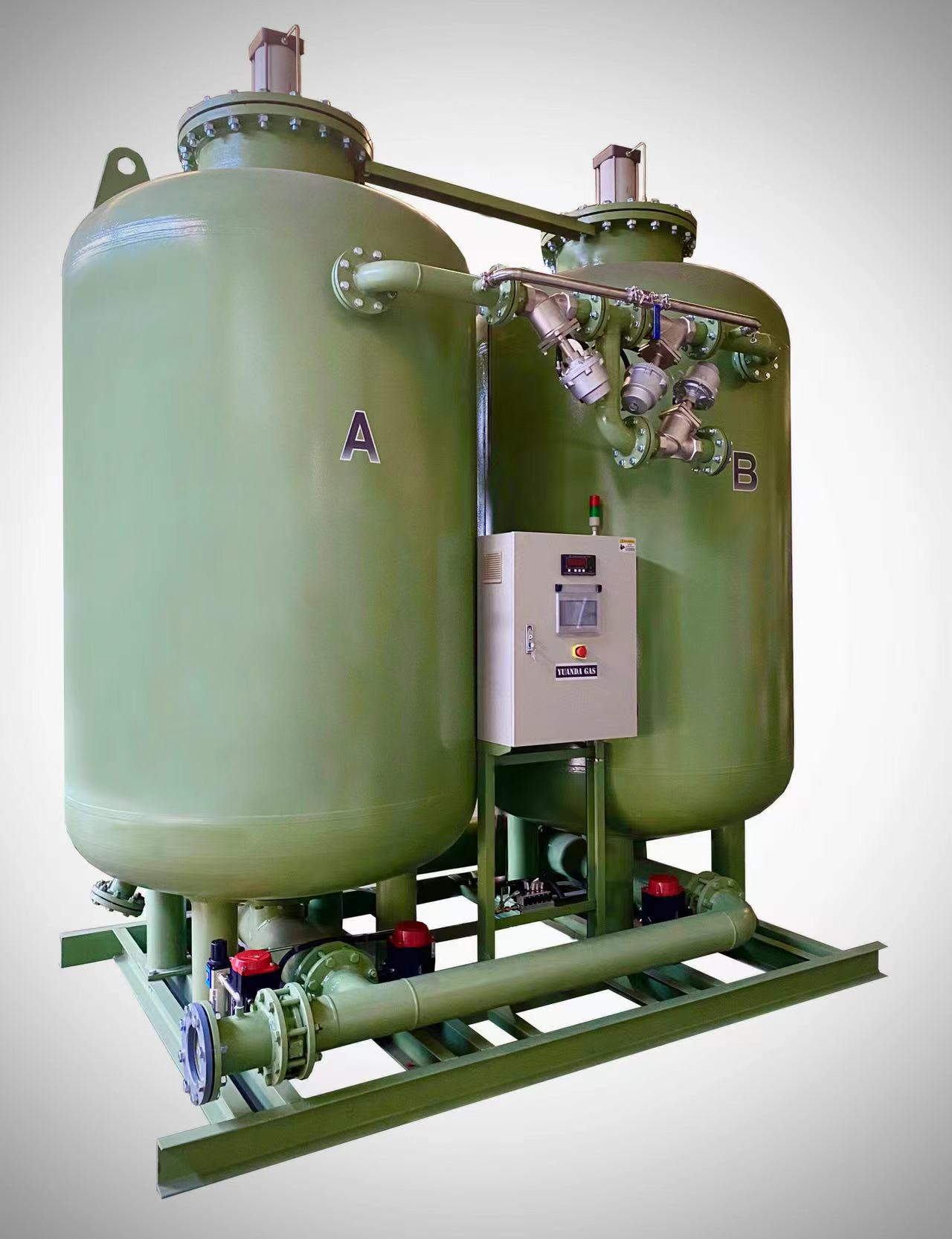दबाव झूलन विज्ञापन ऑक्सीजन संयंत्र
एक प्रेशर स्विंग एड्सॉरप्शन (PSA) ऑक्सीजन प्लांट साइट पर ऑक्सीजन उत्पादन के लिए एक नवीनतम समाधान है, जो वायुमंडलीय हवा से ऑक्सीजन को अलग करने के लिए उन्नत मोलेक्यूलर सीव तकनीक का उपयोग करता है। यह उन्नत प्रणाली एक चक्रीय प्रक्रिया के माध्यम से कार्य करती है, जहाँ संपीड़ित हवा विशेष मोलेक्यूलर सीव बेड्स के माध्यम से गुजरती है, जो नाइट्रोजन मोलेक्यूल्स को प्रभावी रूप से फंसाती है जबकि ऑक्सीजन को प्रवाहित होने देती है। प्रक्रिया दो एड्सॉरबेंट बर्तनों के बीच बदलती है, जिसमें एक गैसों को अलग करने में सक्रिय होता है जबकि दूसरा पुनर्जीवित होता है, जिससे निरंतर ऑक्सीजन उत्पादन सुनिश्चित होता है। प्लांट सटीक दबाव नियंत्रण और समय के मेकनिजम के माध्यम से कार्यात्मक कुशलता बनाए रखता है, आमतौर पर 93-95% ऑक्सीजन शुद्धता स्तर प्राप्त करता है। आधुनिक PSA ऑक्सीजन प्लांट्स में स्मार्ट मॉनिटरिंग प्रणाली, स्वचालित संचालन नियंत्रण और ऊर्जा-कुशल घटकों को शामिल किया गया है, जिससे वे विभिन्न औद्योगिक अनुप्रयोगों के लिए उपयुक्त होते हैं। ये प्लांट स्वास्थ्य सेवा सुविधाओं, धातु निर्माण उद्योग, फेंक पानी के उपचार प्लांट और विभिन्न निर्माण प्रक्रियाओं में महत्वपूर्ण भूमिका निभाते हैं। प्रणाली की ऑक्सीजन को अनुप्रासिक रूप से उत्पन्न करने की क्षमता बाहरी ऑक्सीजन आपूर्ति श्रृंखला की आवश्यकता को खत्म करती है, जिससे संगठनों को निरंतर ऑक्सीजन आपूर्ति की आवश्यकता का विश्वसनीय और लागत-प्रभावी समाधान प्रदान करती है। छोटे स्केल से औद्योगिक साइज़ की संचालन क्षमता तक PSA ऑक्सीजन प्लांट्स को विशिष्ट प्रवाह दर आवश्यकताओं और स्थापना प्रतिबंधों को पूरा करने के लिए संरूपित किया जा सकता है।


